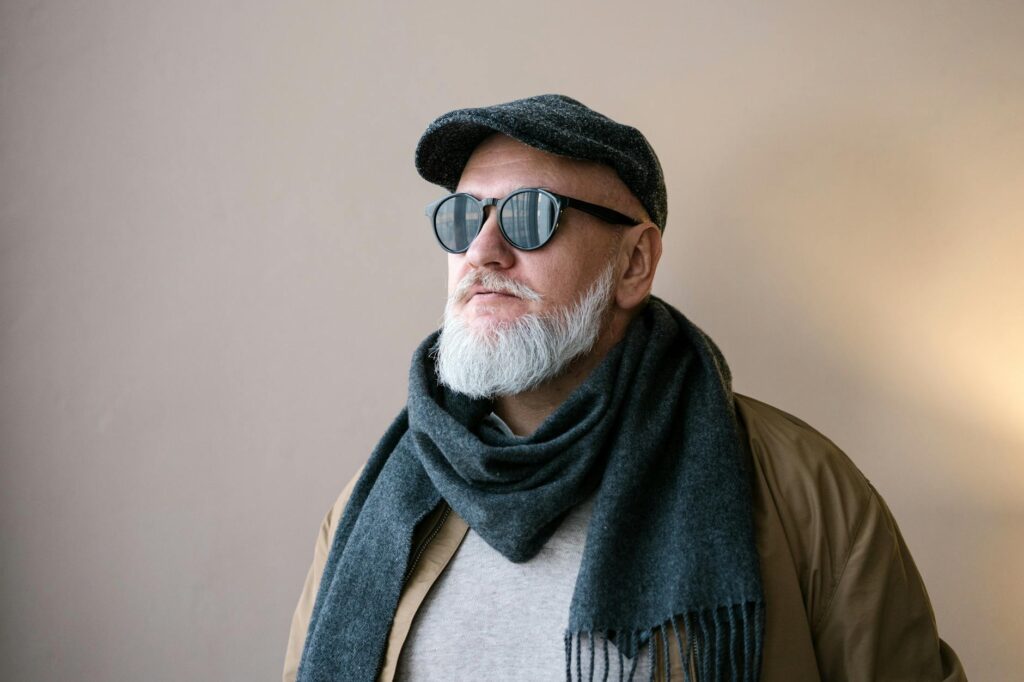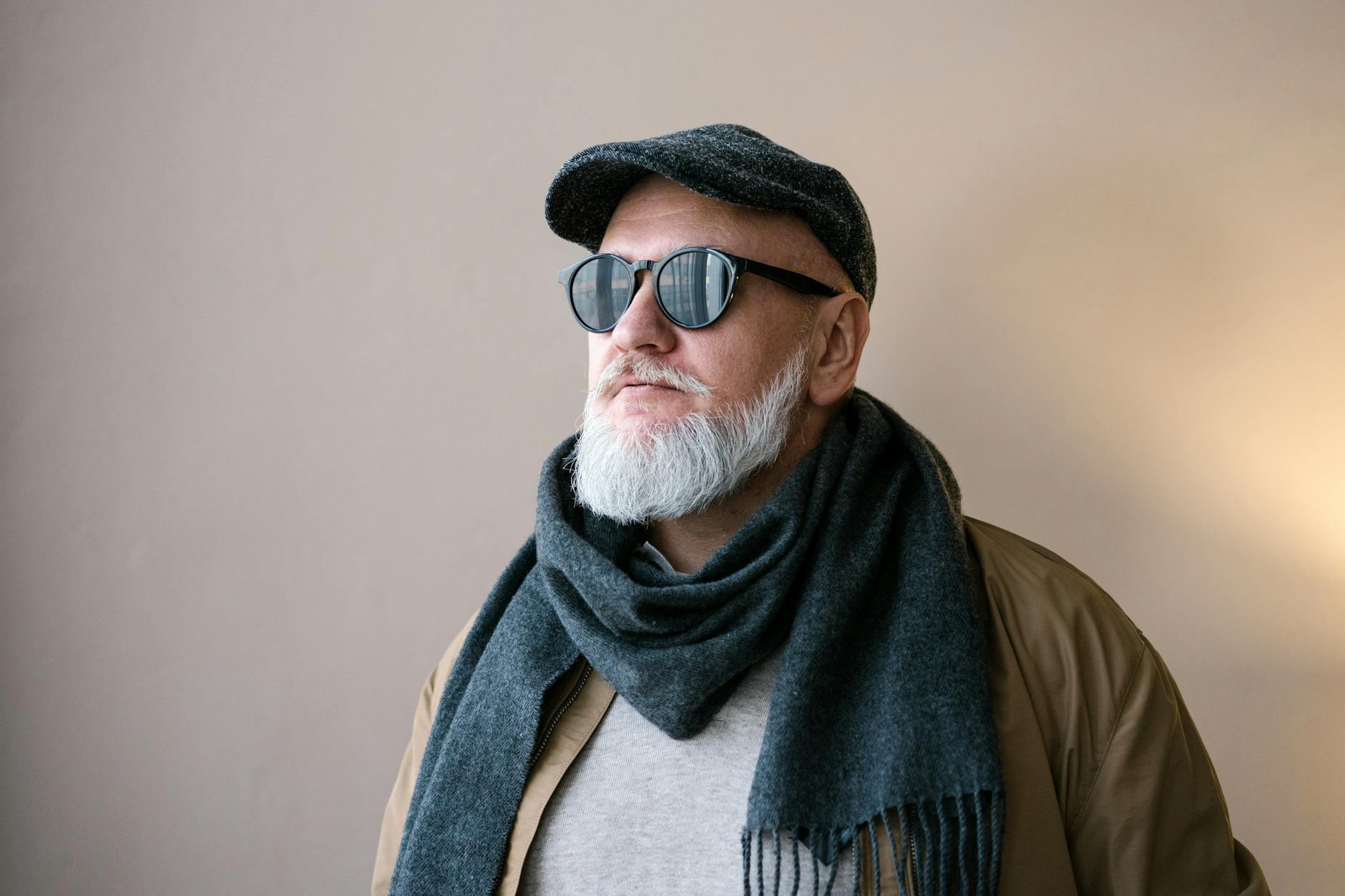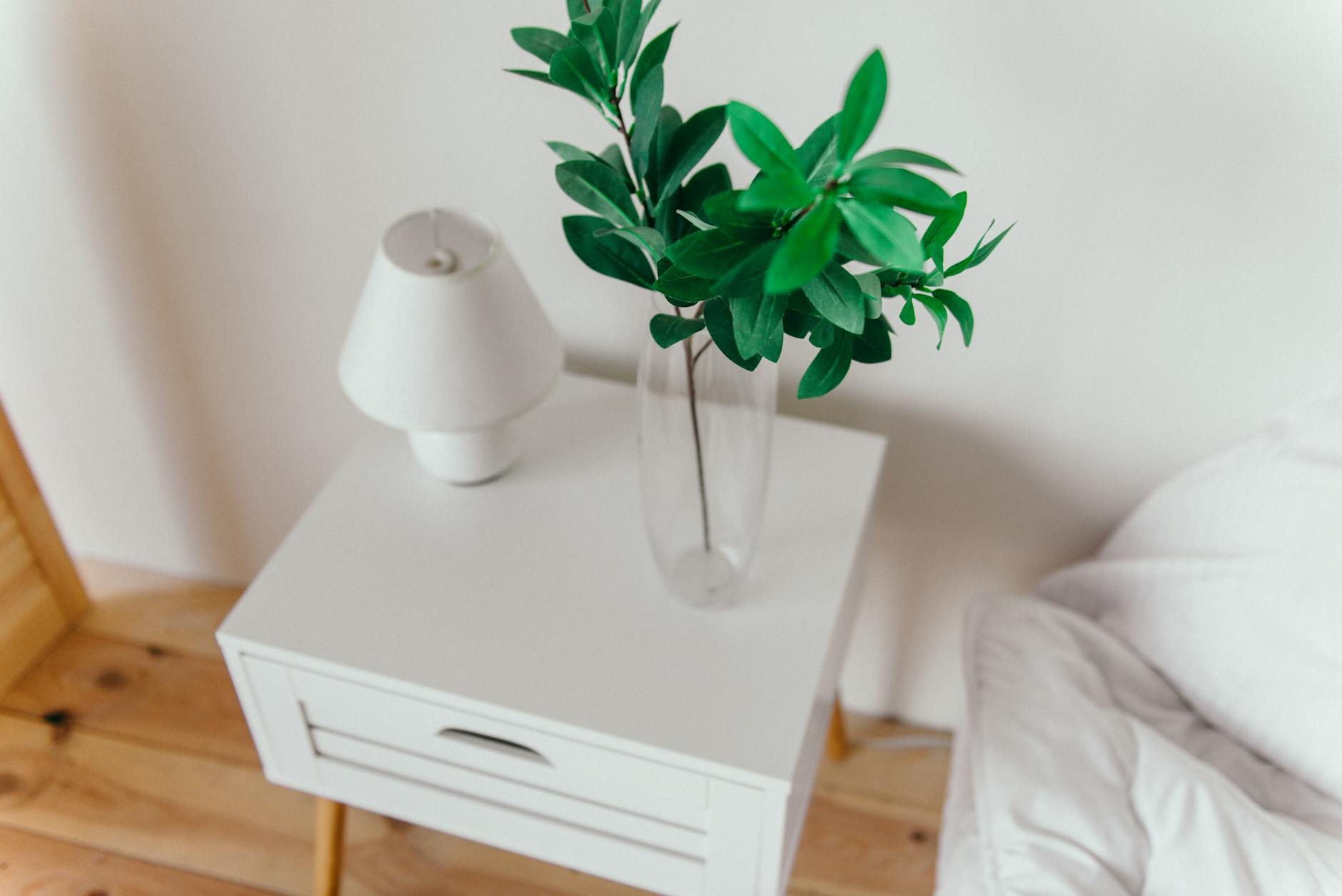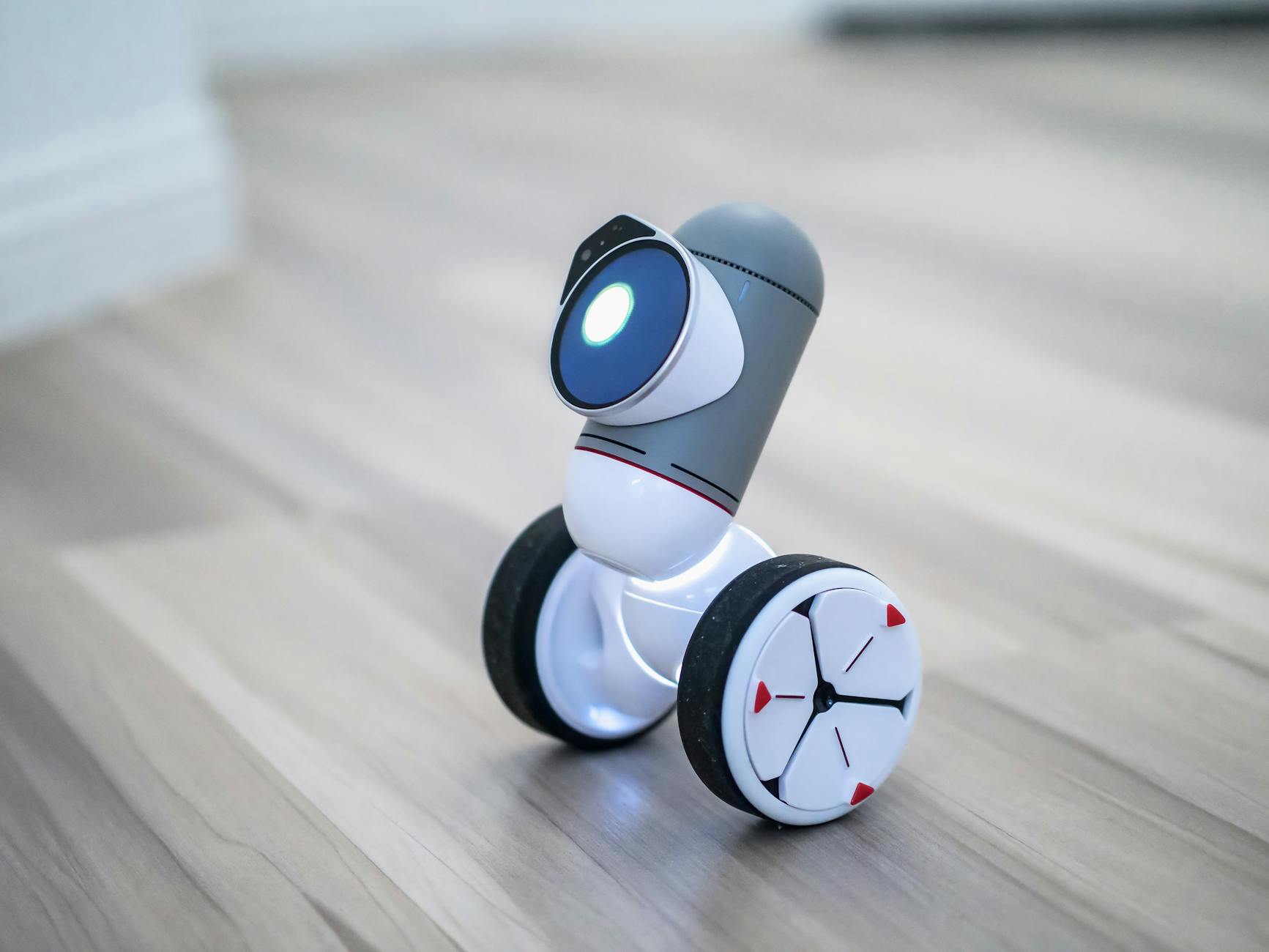When it comes to diving into your favorite book, the right lighting can make all the difference. Not only does it affect your ability to see the text clearly, but it also plays a huge role in protecting your eye health. In this guide, we’ll explore the best types of light for reading and how to create an eye-friendly reading environment.
The Impact of Lighting on Reading
Good lighting is crucial for reading comfortably and avoiding eye strain. Poor lighting conditions can lead to fatigue, headaches, and even long-term damage to your vision. Ensuring that your reading area is well-lit, without being overly bright, can help maintain your eye health over time.

Types of Reading Lights
There are several types of reading lights available, each with its advantages:
– **LED lights**: These are energy-efficient and provide a clear, steady light that’s perfect for reading.Find out more about LED lighting options.
– **Halogen lamps**: They offer a bright, white light that closely resembles natural daylight.
– **Incandescent lamps**: These give off a warm, soft light, but they’re not as energy-efficient as LED or halogen bulbs.

Choosing the Right Brightness
The brightness of your reading light should be carefully calibrated. Too bright, and you risk glare; too dim, and you strain your eyes. An adjustable lamp can be a great asset, allowing you to find the perfect balance for your current environment and the material you’re reading.
The Best Position for Your Reading Light
Positioning your light source is just as important as choosing the right type. Ideally, the light should come from behind you and shine directly onto the page or screen, preventing glare and shadows.
The Role of Natural Light
Whenever possible, take advantage of natural light. It’s the most evenly balanced source of white light available and can help reduce eye strain. However, be mindful of direct sunlight, which can cause glare, especially on electronic screens.
Protecting Your Eyes with Filters and Glasses
For those who read on screens, consider using a blue light filter or wearing blue light blocking glasses. These can help minimize eye strain from prolonged exposure to digital devices.
Maintaining Good Reading Habits
In addition to the right light, good reading habits are essential. Take regular breaks to rest your eyes, focus on distant objects to reduce eye fatigue, and ensure that your reading material is at a comfortable viewing distance.
Conclusion
Choosing the best light for reading is pivotal in protecting your eyes and enhancing your reading experience. By considering the type of light, adjusting the brightness, and positioning the light source correctly, you can create an optimal reading environment that keeps your eyes healthy. Remember, the goal is to find a lighting setup that feels comfortable for you and contributes to a pleasurable reading experience.
Frequently Asked Questions
What color light is best for reading? A warm white light is generally the best for reading as it reduces eye strain and provides a comfortable ambiance.
Is reading in dim light harmful? Yes, reading in insufficient lighting can strain your eyes, leading to fatigue and other issues over time.
Can reading lights prevent myopia? While reading lights themselves cannot prevent myopia, they can reduce eye strain and make reading more comfortable, which may help slow its progression if used properly.
How often should I take breaks while reading? It’s recommended to take a break every 20 minutes to rest your eyes and look at something 20 feet away for at least 20 seconds.
Do eBooks require different lighting compared to physical books? Yes, when reading on digital devices, it’s important to use a blue light filter or blue light blocking glasses to minimize eye strain from screen glare.





